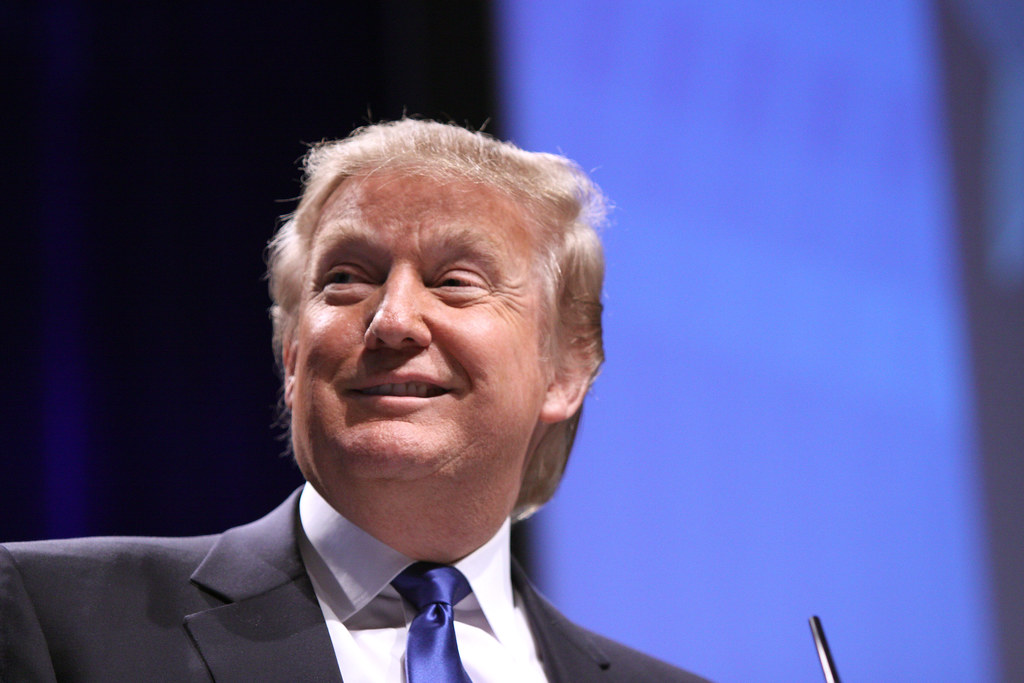
President Donald Trump told CNBC’s “Squawk Box” on Tuesday that planned tariffs on pharmaceuticals imported into the U.S. could eventually reach a maximum of 250%. This is the highest rate he has threatened so far for this sector. Trump detailed his plan, which would start with a “small tariff” and then, over a period of a year to a year and a half, escalate to 150% and then to 250%.
While the president has a history of threatening and then changing course on tariff proposals, his administration did initiate a “Section 232” investigation on pharmaceutical products in April. This legal authority allows the Secretary of Commerce to investigate the impact of imports on national security.
Incentivizing Domestic Production
Trump’s tariff proposals are an effort to encourage drug companies to move their manufacturing operations back to the U.S. in light of a dramatic decrease in domestic drug production over the last few decades. “We want pharmaceuticals made in our country,” Trump told CNBC. In response to the administration’s push, companies like Eli Lilly and Johnson & Johnson have announced new investments in the U.S. over the last six months.
The pharmaceutical industry, however, has warned that these tariffs could increase costs for consumers, deter investment in the U.S., and disrupt the drug supply chain, potentially putting patients at risk. Drugmakers are also dealing with the fallout from Trump’s drug pricing policies, which they argue threaten their bottom lines and capacity for research and development.
Drug Pricing Policies and Demands
Trump’s executive order in May revived a controversial plan known as the “most favored nation” policy. This policy aims to lower drug costs by linking the prices of some medicines in the U.S. to the significantly lower prices found abroad. On Tuesday, Trump claimed to have “invoked” this policy and said it will have a “tremendous impact on the price of medicine,” although no official changes from the executive order have been implemented yet. Last week, Trump sent letters to 17 drugmakers, urging them to commit to specific steps to lower drug prices by September 29, which included agreeing to provide their full portfolio of existing medicines at the lowest price offered in other developed nations to every single Medicaid patient, among other steps. Some pharmaceutical companies have said they are reviewing the letters.
What The Author Thinks
President Trump’s aggressive push for tariffs and price controls on the pharmaceutical industry highlights the difficult intersection of economic policy and public health. While the goal of lower drug prices and domestic manufacturing is popular, the methods proposed carry significant risks. The pharmaceutical industry’s concerns about supply chain disruptions and reduced R&D investment are not to be taken lightly, as they could have severe consequences for patients and future medical innovations. This situation demonstrates a willingness to use blunt economic instruments to address complex issues, a strategy that may generate short-term political wins but could lead to long-term instability in a critical sector.
Featured image credit: Gage Skidmore via Flickr
For more stories like it, click the +Follow button at the top of this page to follow us.
